You’ve probably found yourself at a home improvement store, cluelessly staring at endless shelves of caulk. You may even wonder why there is a variety of different types if they all serve the same purpose. As a matter of fact, however, each type of caulk is somewhat unique in its properties and is suitable for certain applications. Asphalt caulk, for instance, is best for roofing while silicone is the ideal choice for bathrooms. Using the right type of caulking material can boost the longevity of what it’s applied on, and the wrong choice can eventually cause damage in the long run. Familiarizing yourself with the different kinds of caulks, their properties, and their applications can prove essential for your next home improvement project.
Types of Caulk
Pure Silicone Caulk
Silicone is the most commonly used type of caulk available on the market. It is also the most versatile. You can apply this rubbery substance to a wide range of materials including metal, glass, plastic, and glazed tiles. Silicone caulk can also last for many years once applied.
The entirely pure silicone content allows this product to be water and mold-resistant. Moreover, its flexibility means that it can tolerate extreme fluctuations in temperature. A drawback of silicone caulking is that it can’t be painted over and does not adhere very well to wood, masonry, drywall, and other porous surfaces. Moreover, the substance can be rather tricky to apply and gives off a repelling odor before drying up. You also need a special solvent to clean up silicone caulk.
Where Can You Use Silicone Caulk?
The water-resistant properties in addition to the durability of silicone caulk make it ideal for spaces that are exposed to water and moisture. This includes areas around sinks, toilets, bathtubs, and shower cabins.
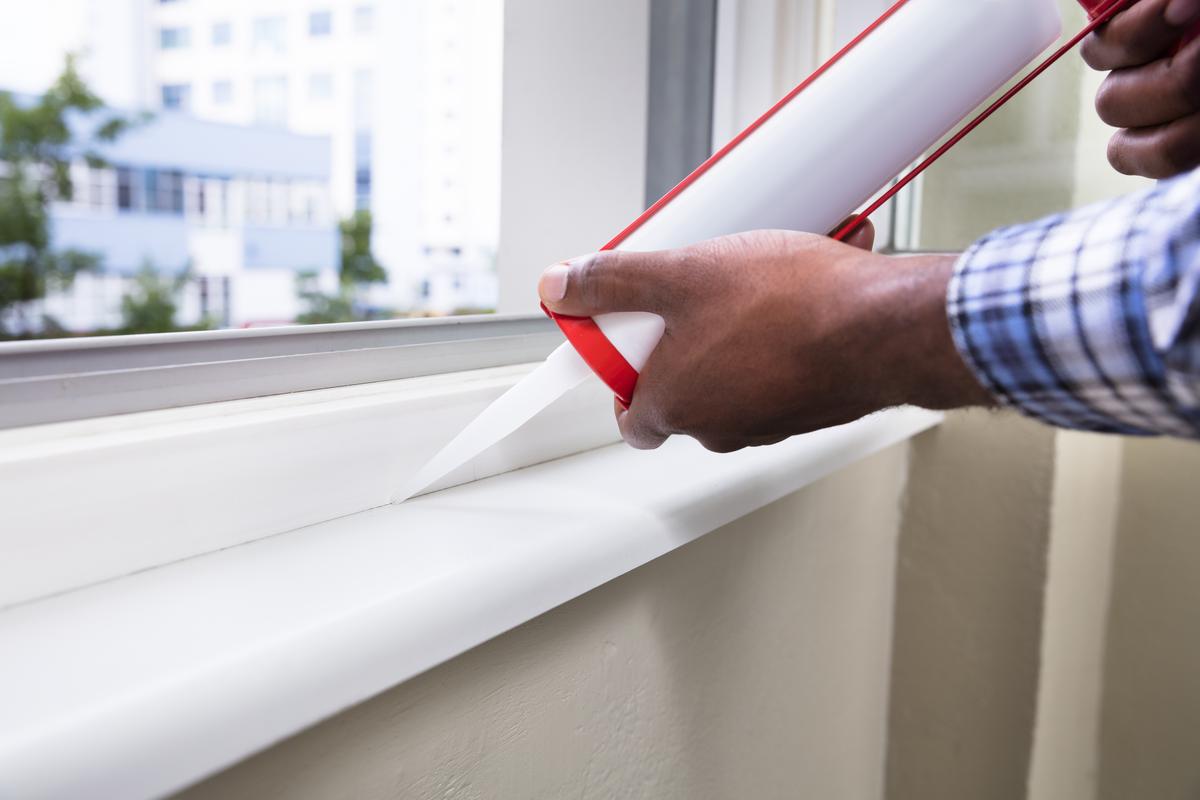
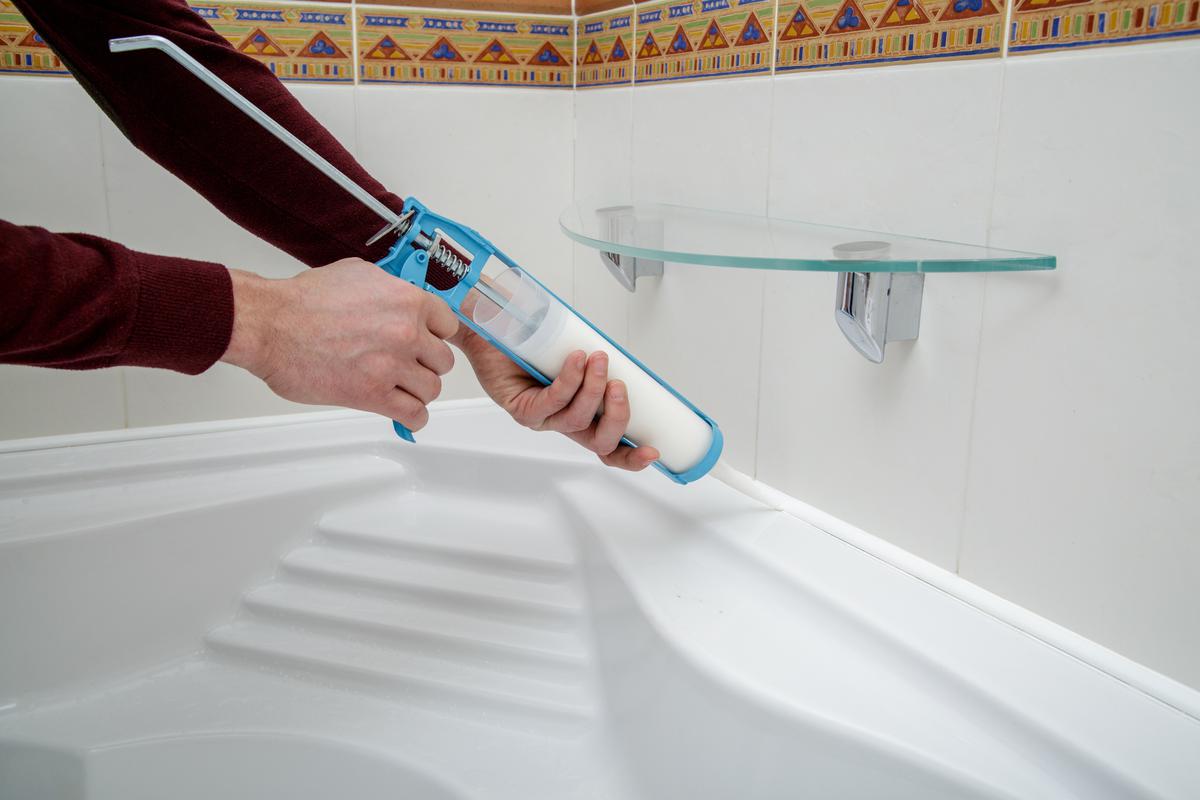
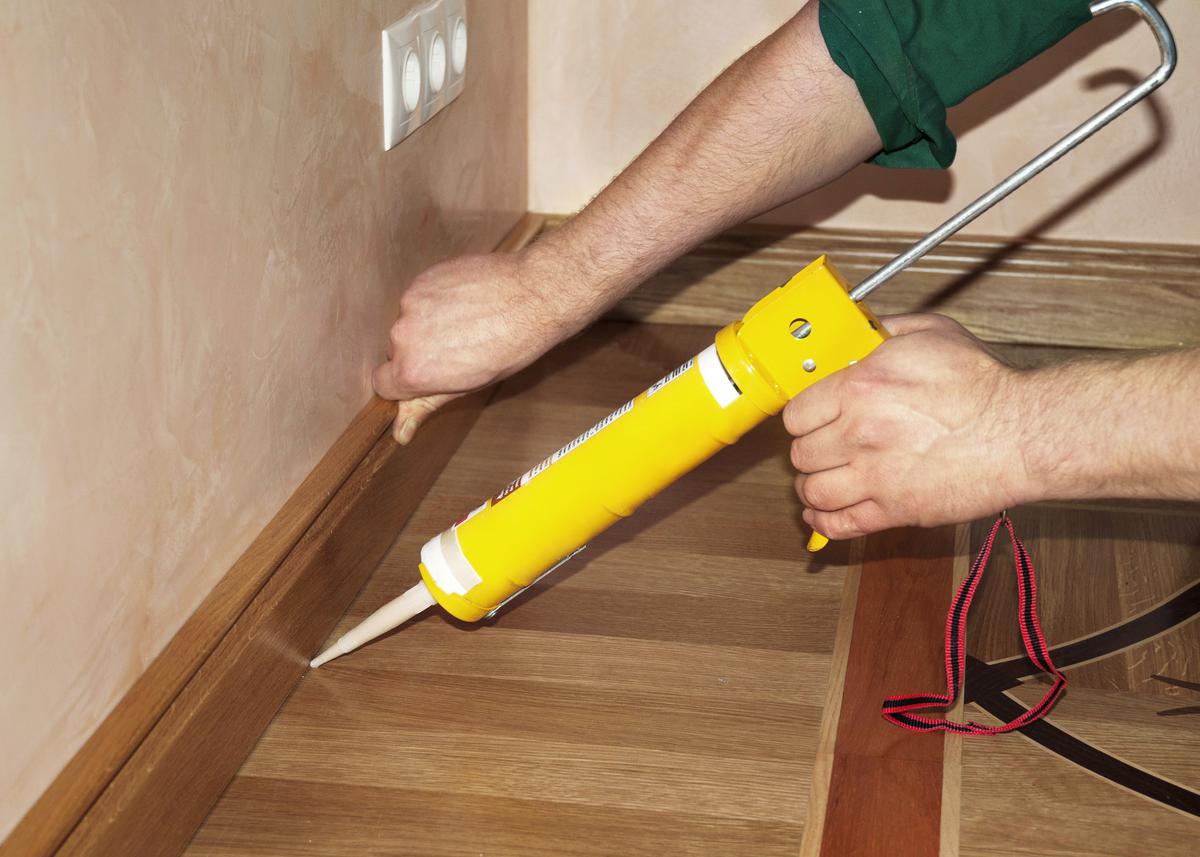
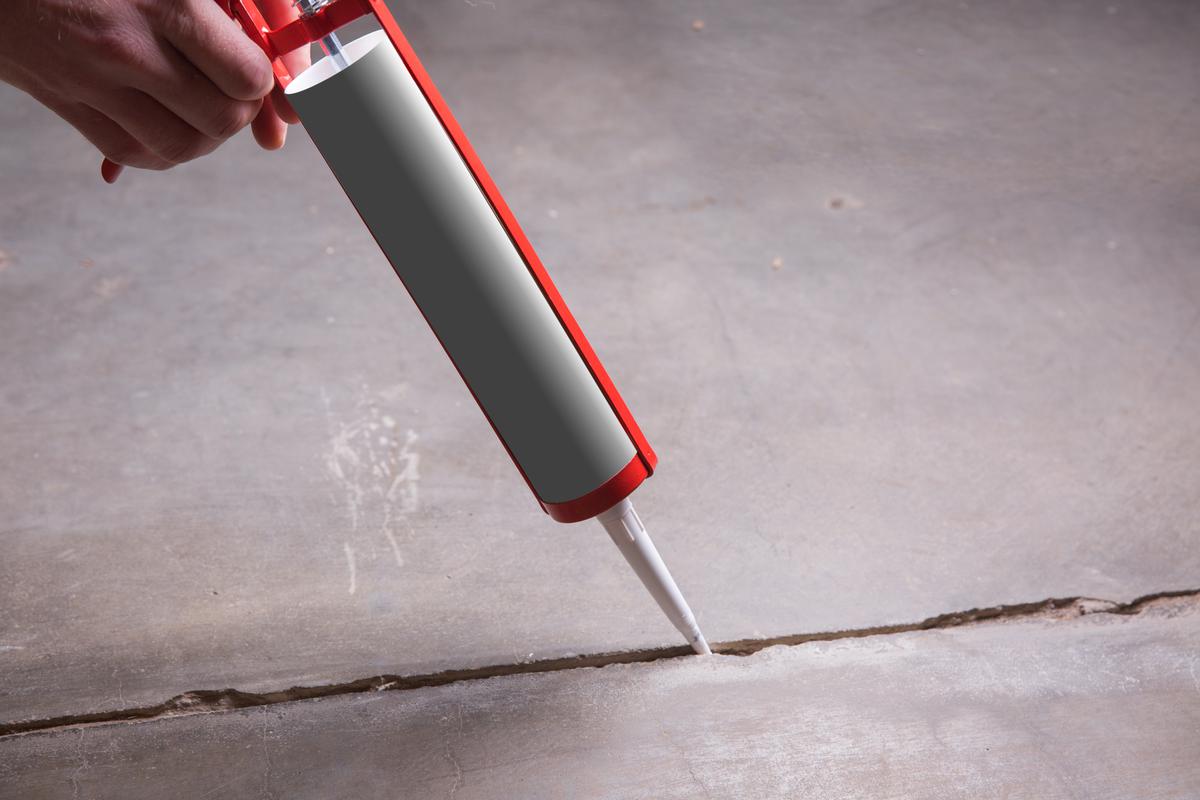
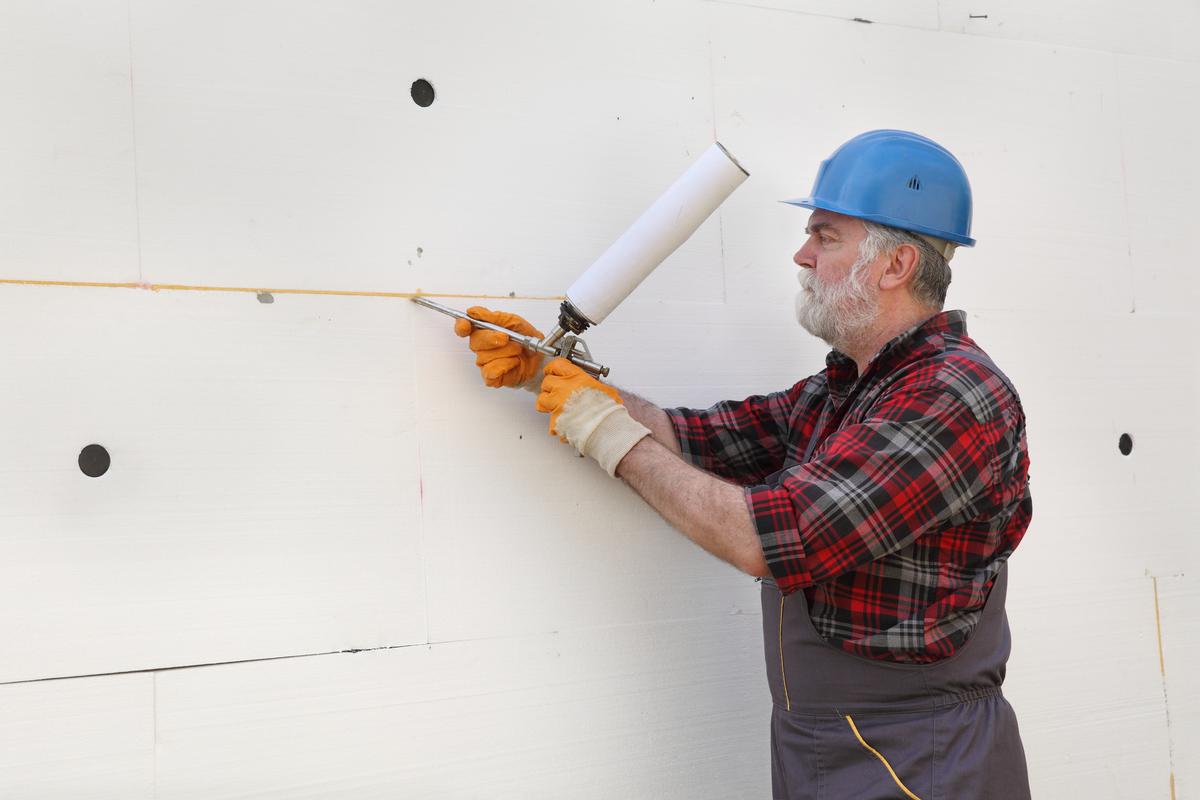
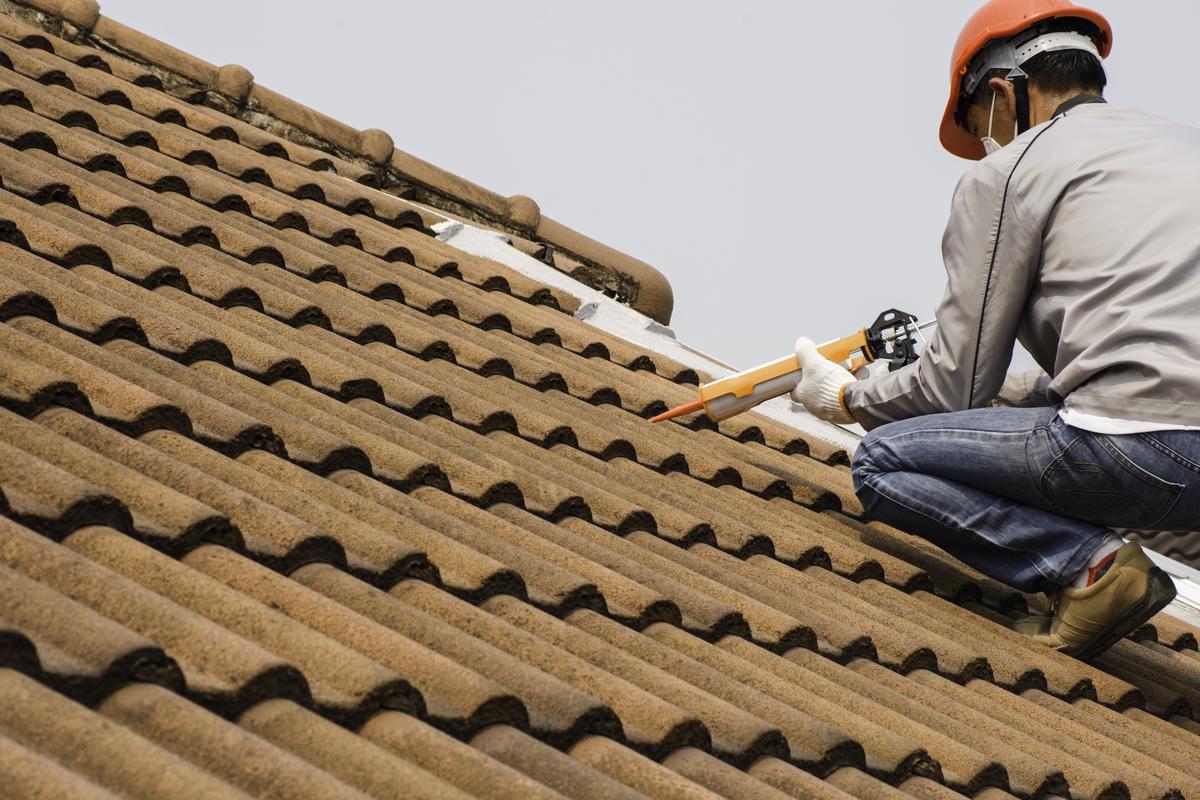




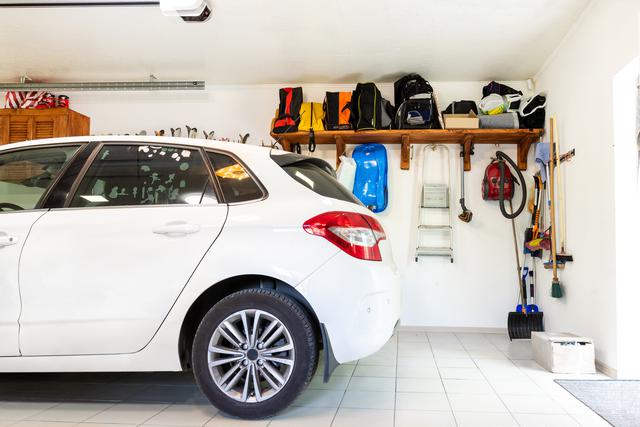
comments